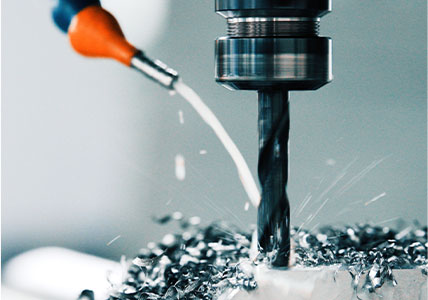One of the most important uses of CNC machining in the production of medical parts is the manufacturing of body implants, such as knee and hip replacements. In most cases, doctors only require a small amount of implants, which makes processes like injection molding uneconomical due to the unnecessary increase in production costs from stamping mold production. However, with medical CNC machining, machinists can reuse tools, eliminating the impact on production costs. These implants are made from various materials, ranging from metals (such as titanium) to plastics (such as PEEK), making CNC machining a viable manufacturing process due to its compatibility with a variety of materials. Therefore, it is well-suited for this type of production process.
In addition to manufacturing body implants, CNC machining can also produce surgical instruments used by medical professionals during surgeries. These custom precision machined parts can include surgical scissors, biopsy tubes, blade handles, cutters, saws, forceps, implant supports, clamps, washers, benders, and more.
These CNC machined surgical tools and instruments must be carefully manufactured and meet additional safety requirements, such as ease of sterilization. Due to the high precision requirements, medical device manufacturers may prefer the CNC machining of these surgical tools. Some tools and instruments may need to be produced in small batches or even customized for individual patients, making CNC machining the perfect economical method for producing these parts.
Surgical instruments are simple devices, usually composed of one or two metal components. However, AI CNC machining can produce parts for more complex devices such as heart rate monitors, MRI scanners, and X-ray machines. These expensive devices may contain hundreds or thousands of individual parts, many of which can be manufactured using CNC machining.
CNC machined device components can include small parts like switches, buttons, and levers, as well as larger parts like display casings. These components must meet high standards to eliminate the possibility of any machine malfunctions, especially since medical equipment frequently moves from one room to another in hospital settings. However, unlike implants and surgical tools, these parts may not require biocompatibility or bio-safety, as they may never come into direct contact with patients. Therefore, a wider range of materials can be used with CNC machining.



